
The flag of São Tomé and Príncipe was introduced on 5th of November 1975. It shows three horizontal stripes in green, yellow and green in a ratio of 4:6:4, as well as an isosceles red triangle at the leech. In the yellow middle stripe are placed two black five-pointed stars. They stand for the African people and the two islands which the state consists in. Green represents vegetation and agriculture, yellow stands for the cacao bean (cacao is an important export product of the country). Red stands for the in the struggle for freedom given blood. The flag and its colours are described in Article 13 "National Symbols" of the Constitution of the Democratic Republic of São Tomé and Príncipe, approved in March 1990 and entered into force on 10th of September in 1990, but only as red, green, yellow and black, without specifying the colour shades. The flag of São Tomé and Príncipe has its roots in the former flag of the MLSTP-Party (Movimento de Libertação de São Tomé e Príncipe), but the three stripes in the party-flag had the same breadth. The MLSTP was formed in 1960 in exile and used this flag to 1990. Model was the flag of Ghana which became independent already in 1957.
Source:
Flags of the World,
Wikipedia (EN),
Die Welt der Flaggen,
Flaggen Wappen Hymnen,
Volker Preuß

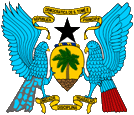
since 1977,
Coat of arms of São Tomé and Príncipe,
Source, by: Corel Draw 4

The coat of arms of São Tomé and Príncipe was introduced in 1977 and shows a golden almond shaped shield with a ecru cacao tree. Two blue parrots are supporters of the shield. They symbolize the both islands. Above the shield a black star (sometimes oddly coloured in blue), it symbolizes the unity of the country, but counts also as "Guiding Star of the African Freedom". Above and below the shield per one golden banner with inscriptions in Portugese language. Above the name of the state: "Republica Democrática de S. Tomé e Príncipe", below the motto of the state: "Unidade, Disciplina, Trabalho" → "Unity, Discipline, Work ".
Source:
Wikipedia (DE),
Die Welt der Flaggen,
Flaggen Wappen Hymnen,
Flaggen und Coat of arms of the Welt,
Volker Preuß

Location:
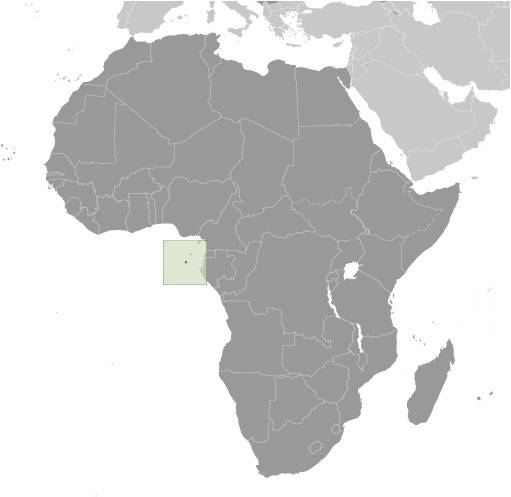
Source: CIA World Factbook
Map of the country:
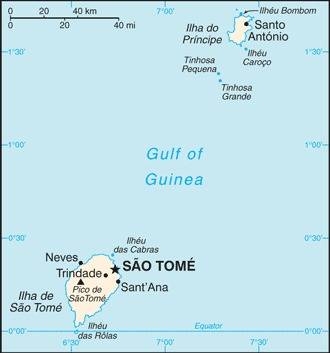
Source: CIA World Factbook

Area: 386 square miles, thereof: São Tomé 332 sq.mi., Príncipe 53 sq.mi., further Pedras Tinhosas Islands, Rolas Island
Inhabitants: 210.240 (2020), thereof 70% Bantu of different descent 30% Mulattos and some Europeans (Portugese)
Religions: 56% Roman Catholic, 14% other Christian, 2% Mana, 6% other, 21% Non-Religious
Density of Population: 544 inh./sq.mi.
Capital: São Tomé, 53.300 inh.
official Language: Portugese
other Languages: Creole Portugese, Fang
Currency: 1 Dobra (STN, Db, STD) = 100 Céntimos
Time Zone: GMT
Source:
Wikipedia (D),
Wikipedia (EN)

21st of December 1470 · discovery of São Tomé Island by the Portugese seafarers João de Santarém and Pedro Escobar, appropriation for Portugal
14th of January 1471 · discovery of Santo António Island (Príncipe)
1485 · first Portugese smallholdings on the islands (convicts, jews), in the afteryears – until the 18th century – the islands are a centre of the slave-trading, especially for the Brazilian market, further settlement by slaves and also escaped slaves
1500 · foundation of the City of São Tomé
1502 · rename of Santo António Island in "Príncipe"
1485 · São Tomé Island becomes a Portugese colony
1502 · Príncipe Island becomes a Portugese colony
1522 · São Tomé Island becomes a Portugese crown colony
1558 · Príncipe Island becomes a Portugese crown colony
1599 · São Tomé is momentary Dutch occupied
16th century · the islands are the bigest sugar-purveyor of the world
1641–1644 · São Tomé is Dutch occupied
1709–1710 · São Tomé is French occupied
1753 · the administration of the islands São Tomé and Príncipe becomes merged
19th century · on the islands are cultivated cacao and coffee in plantations
1869 · the slavery becomes abolished in the Portugese colonies
1877 · contract workers from Africa take over the work of the slaves
1913 · the islands are the bigest cacao-purveyor of the world
11th of June 1951 · São Tomé and Príncipe become a Portugese overseas province
1953 · riots
1960 · establishment of the Comissao de Libertacao de São Tomé e Príncipe (CLSTP) in exile
1972 · rename of the CLSTP in MLSTP (Movimento de Liberacao de São Tomé e Príncipe)
1972 · Portugal grants limited self-rule
1973 · first elections for a parliament
21st of December 1974 · autonomy
12th of July 1975 · independence, establishment of the one-party-sytem (of the MLSTP)
1978 · protection treaty with Angola
1990 · new constitution, introduction of the multi-party-sytem
1995 · autonomy adjustments for Príncipe Island
15th of August 1995 · military coup d’état, return to democracy
16th of July 2003 · military coup d’état, return to democracy, changes in constitution
2022 · attempted coup d’état
Source:
Atlas zur Geschichte,
World Statesmen,
Wikipedia (D)

São Tomé Island owes its name the day of its discovery – the 21st of December 1470 – the day of the Saint Thomas. With Príncipe it was initially the same procedure, because the island was discovered on 14th of January 1471 – the day of the Saint Anthony – and the name of the island was initially Santo António, but it was in 1502 renamed in "Príncipe" – Prince's Island – to honor King Alfons V.
Source:
Wikipedia (D),
Volker Preuß


![]()

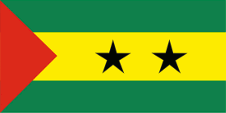


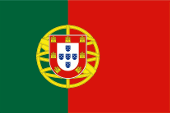

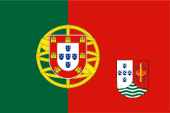
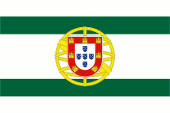
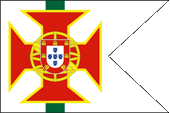
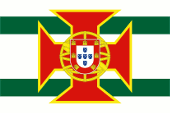




![]()
